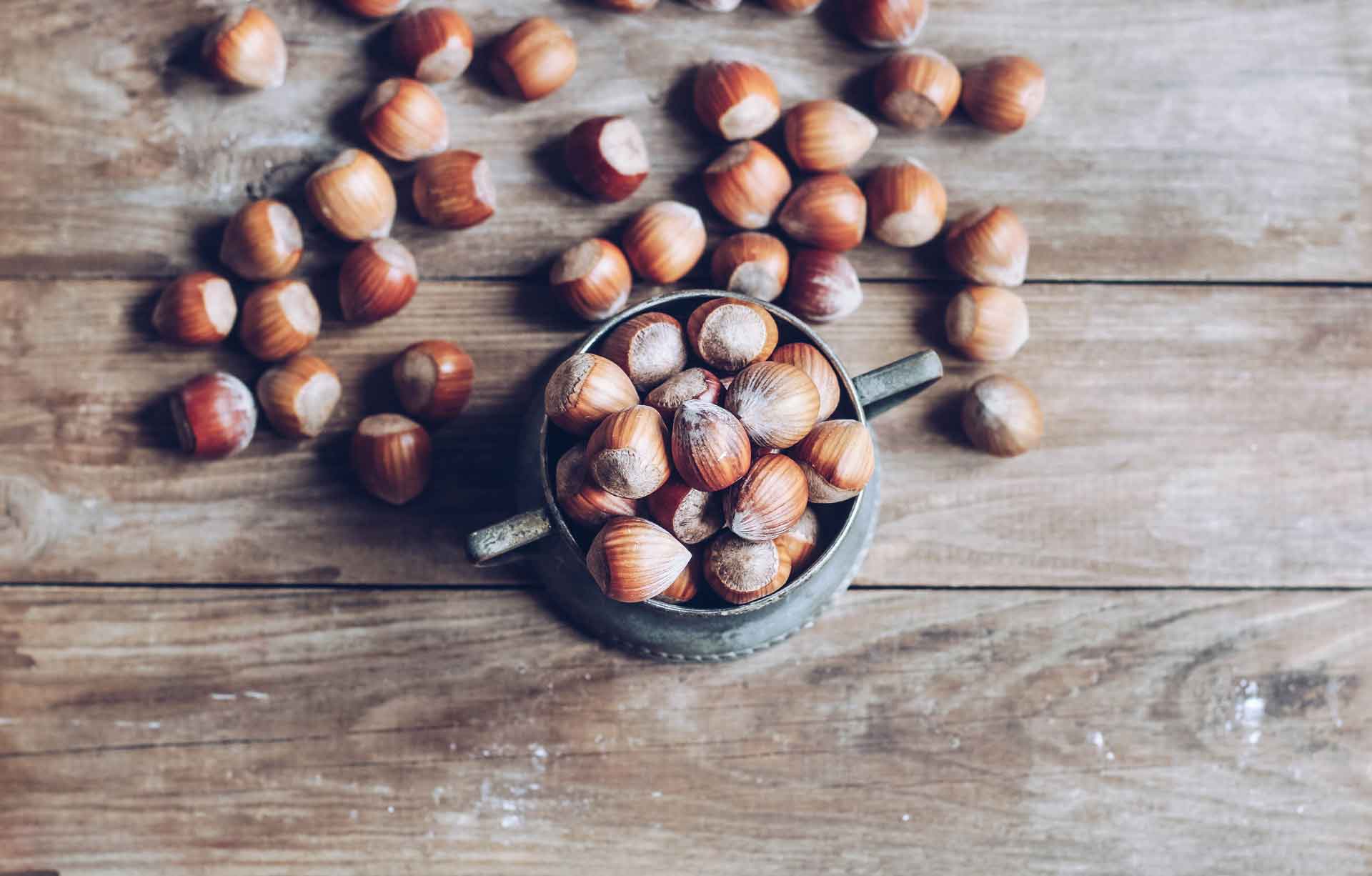The bulk of the Oregon hazelnut production is in the Willamette Valley where fall rains not only delay harvest, they can keep growers and farm managers from doing necessary work in the orchards to prepare for next year’s crop.
The two most important tasks are application of nutrients and pruning out wood infected with Eastern Filbert Blight. Planting new orchards is also done in the fall.
Wyatt Wanner, who farms hazelnuts near Aurora, said foliar applications of nutrients are one way of replenishing the nutrients removed at harvest. Canby area hazelnut grower Richard Birkmeier said if the orchards are accessible, he will broadcast nutrients including potassium and phosphorus. There is an option to apply in a band, he said, and there is a faster response by the trees with that method, but obtaining representative soil samples is difficult following application.
While leaves remain on the trees, it is important to scout orchards for signs of Eastern Filbert Blight (EFB). Controlling spread of this fungal disease is more effective if detected early. Scouting for dying branches can be done in the summer. In late fall and winter, growers should look for cankers and spore producing structures called stroma. Diseased branches with cankers should be pruned out two to three feet below the site of infection. The wood can be burned or chipped.
Birkmeier said some growers will continue to prune out blight infected wood, but he prefers to remove the infected trees and plant EFB-resistant varieties. With young trees, pruning is done to shape the tree.
Cutting down on filbert worm populations can also be done after harvest. This pest of hazelnut overwinters as a larva in a silken cocoon. These are found under leaves and debris on the ground or in cracks and crevices on trees. Some larvae also overwinter one to two inches beneath the soil surface. Birkmeier said that if weather permits, growers can mow or grind the leaves on orchard floor, and dislodge the filbert worm larvae.
Wanner said he had yet to begin harvest early in September. He expected 95 percent of his first variety to be on the ground by October 6. The main variety, Barcelona, would be 95 percent on the ground by October 20. He will usually make two sweeps and pickups of the orchards.
“The drop will get going and then there will be a lull. We’ll go out and start when about 60 percent of the crop is down,” Wanner said. “That pays for the production costs.”

Cecilia Parsons
Cecilia Parsons has lived in the Central Valley community of Ducor since 1976, covering agriculture for numerous agricultural publications over the years. She has found and nurtured many wonderful and helpful contacts in the ag community, including the UCCE advisors, allowing for news coverage that focuses on the basics of food production.
She is always on the search for new ag topics that can help growers and processors in the San Joaquin Valley improve their bottom line.
In her free time, Cecilia rides her horse, Holly in ranch versatility shows and raises registered Shetland sheep which she exhibits at county and state fairs during the summer.
















